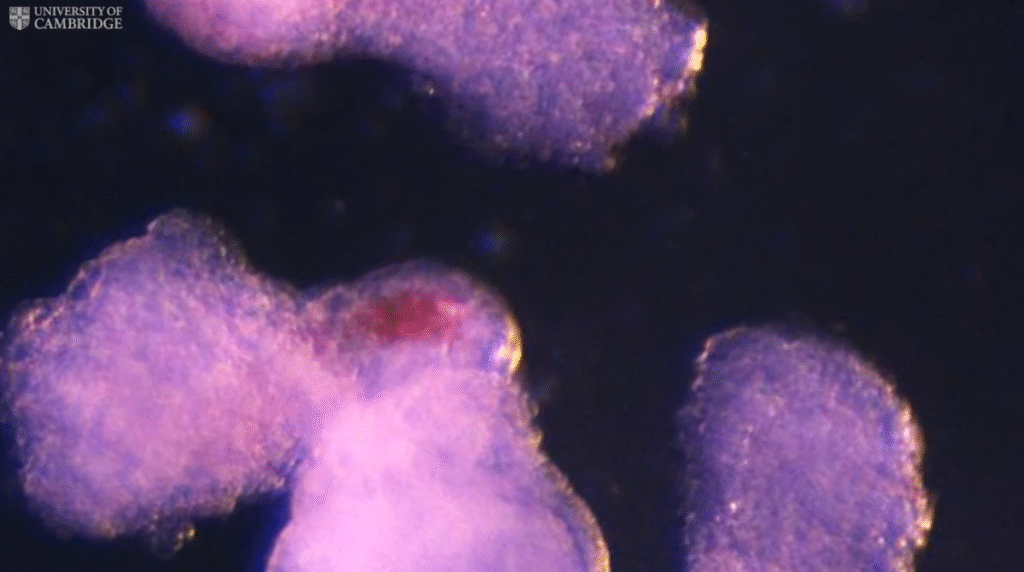
source: www.cam.ac.uk
The Vice-Chancellor, Professor Deborah Prentice, has been to the North East of England to visit schools in Tyneside as part of a mission to connect with areas of the UK where there are perceived or actual barriers to progression into universities like Cambridge and Oxford. During her trip she learned about the experiences of students from Year 10 through to Year 13 in terms of their engagement with the University and the Colleges.
I have learnt a lot from visiting schools hereProfessor Deborah Prentice
Following the visit Professor Prentice said:
“It was great to meet such inspiring students and dedicated staff, and to see such potential for Cambridge as well as the enormous pride that people understandably have in their region. I have learnt a lot from visiting schools here, and hope that we will see some of this region’s talented students in Cambridge soon.”
The visit was organised by Cambridge’s Student Admissions and Access Department and Corpus Christi College. Director of Recruitment, Admissions and Participation, Mike Nicholson, and Elaine Effard, Access and Outreach Co-ordinator at Corpus Christi College (and who is based in South Tyneside), also participated in the discussions.
Among the schools visited were Benfield School in Newcastle-upon-Tyne, Newcastle Sixth-Form College, Emmanuel College in Gateshead and Whitley Bay High School in North Tyneside. Phoebe Dickinson, Early Entry Coordinator at Whitley Bay said:
“It’s been an absolute privilege to host the Vice-Chancellor. We are passionate about every student succeeding, whether that is an apprenticeship or obtaining a place at Cambridge. We are thrilled that Cambridge is so passionate in helping us to help every student succeed.”
In the latest academic cycle for which full statistics are available (2024 – 25) there were 304 applications to Cambridge from the North East. Only Northern Ireland as a nation/region of the UK had a lower number. 68 of these students met the terms of their offer equating to 2.4% of the total UK undergraduate body.
1 of 5
During the visit, students attended workshop style discussions on the application process and were given practice sessions in good interviewing techniques by teachers from local schools and colleges. One student, Cindy, said:
“This has been a great opportunity to provide an insight into our school experience and represent students from the North East.”
Another, Robert, added:
“It was really interesting to meet the group and to chat with staff about the process in general.”
As part of the trip, the delegation from Cambridge also met with alumni from the North East many of whom have returned to the region. Around 60 former students attended this event. Participants included family members of Ian Mason, a former Cambridge student who passed away unexpectedly. Ian’s family and colleagues established a Foundation in his memory which currently provides financial support to two students annually on Cambridge’s Foundation Year in Arts, Humanities and Social Sciences. Preference for the funding is given to students from the North East of England.
The visit follows others to the North West and South West of England, where the Vice-Chancellor also heard the perspectives of students, teachers and alumni about Cambridge, and their views on higher education more generally.
The text in this work is licensed under a Creative Commons Attribution-NonCommercial-ShareAlike 4.0 International License. Images, including our videos, are Copyright ©University of Cambridge and licensors/contributors as identified. All rights reserved. We make our image and video content available in a number of ways – on our main website under its Terms and conditions, and on a range of channels including social media that permit your use and sharing of our content under their respective Terms.






















